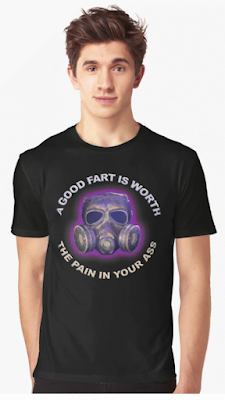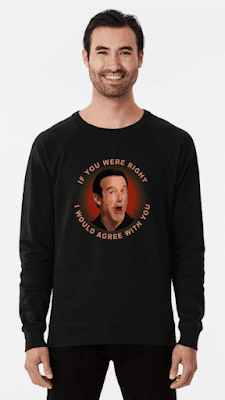The announcement of Canva acquiring the programs of the Affinity suite, came as a thunder strike in a clear sky. Although the CEO of the Serif company, that owns the Affinity suit of programs, tried to make it seem like nothing will change for its community of users, the acquisition caused quite a stir among Affinity crowd. By the way, this topic has recently been closed for comments on the Affinity forum, most likely because by far the most posts, did not cheer the acquisition. The concerns Affinity users put forward make a lot of sense, the most important of which is the fact that the Affinity programs are sold for a one time fee, as opposed to the Canva and Adobe products that require payments according to the subscription model, which means users pay an indefinite amount of money as long as they use the programs, which smells like a daylight robbery.
 |
| Surprise acquisition of Affinity by Canva |
Most Affinity users abandoned Adobe, because they did not want to continue to pay for the programs by a subscription model fee. In addition the functionality of the online design system of Canva is nowhere near of what can be done with the Affinity suite programs. In addition to this relative shortcoming, Canva bugs the hell out of its users with a barrage of ads, that the locally installed Affinity programs do not. These things give the Affinity community enough to worry about, which they of course do, because they remember how acquisitions that took place in the past turned out, in spite of the promises of the CEO's of the acquired company that nothing will change in the manufacturer - user relation.
Canva needed code like Serif bult, because the latter has developed software that far succeeds the functionality of the former while Canva has the financial power to acquire Serif. It is a repeating story in the world of software, that always evolves along the same lines. The acquired partner always has to cave in and abandon its user friendly policies because those policies are changed towards the nature of those of the acquiring partner. It is of little use to deny such a prospect, because it is the tried and tested way from a business point of view, that outranks all other considerations and policies and therefore makes it predictable what the future developments hold, with regard to user obligations.
Some annoyed users stated that they will return to Adobe, what will cost them an arm and a leg, while it was the reason they abandoned Adobe and switched to Affinity in the first place. So, that doesn't really make a lot of sense in my opinion. Fortunately there still is one appealing alternative available, which is switching to the brilliant VectorStyler, which is built, offered and updated by just one single person (....) a.k.a. programming wizard, named Csaba Raduly-Baka who resides in Finland, who seems to have resisted the temptation of big players in the graphic design market segment to hire him to make use of his outer worldly programming skills. VectorStyler is a graphic design program that is packed with a ton of functions that none of its competitors include and its programmer has a close relationship with the users of the program, that leads to meaningful upgrades that make the program even more usable than it already was.
So, lets see how much time it requires for Serif to succumb to the demands of Canva and in the meanwhile go check out the prowess of the superb vector design VectorStyler program, that also is available for a one time payment instead of the perpetual subscription based extortion method. I promise it will be worthwhile for graphic designers, who are fed up with the corporate greed of the big players in the graphic design market segment. You will be pleasantly surprised by the plethora of very usable functions that VectorStyler offers its users! It is the most estimable refuge for graphic designers that have much talent, but limited funds in trying to survive in the aim of companies to gain limitless corporate dictatorship.
I for one will focus on working with VectorStyler and Plasticity 3D that so far have displayed a fair policy towards their users, while maintaining a rapid upgrade frequency. It has become a challenge to continue to work for graphic artists in a corporation ruled environment, but fortunately there are at least some companies left that value decency and skill on their journey through space and time.























































